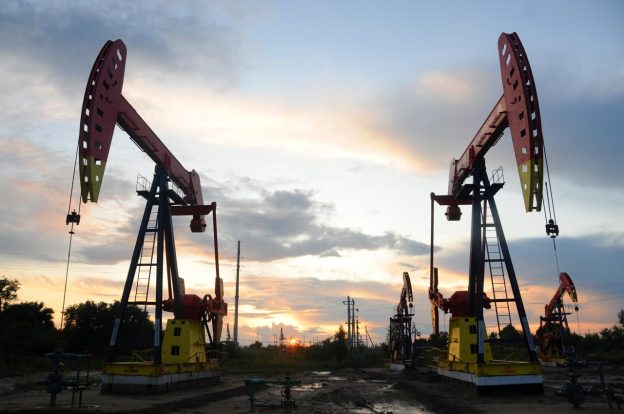Sindh government has decided to restructure the proposed Sindh Petroleum Company (SPC) which would work for gas exploration, revealed Sindh Energy Minister Imtiaz Sheikh this month.
The Sindh Petroleum Company, he said would give licenses for gas and oil exploration in the province. “A draft of recommendations regarding the activation of Sindh Petroleum Company and its rules and regulations has been prepared,” Shaikh added.
He said that the SPC along with the search for new gas reserves would also monitor the distribution of existing gas reserves.
Imtiaz Shaikh demanded a new natural resources agreement between the federation and the provinces and said that a new gas distribution agreement should be created so that the feeling of deprivation found in the provinces can be eliminated.
Shaikh’s point of view is being echoed in the province and a recent report talks about the disparity of industrial tariffs. It says the disparity and confusing elements are in industrial tariffs where there is clear discrimination between Punjab-based industries and those which are in KP and Sindh.
With the falling natural gas supply, there is no availability of natural gas in Punjab where exporting industry gets a blended tariff of $9/ mmbtu which comes to around Rs2,400/mmbtu at the current currency parity. On other hand, supply to export and non-export industrial consumers in Sindh and KP are at Rs1,100/mmbtu and Rs1,200/mmbtu. That is less than half of the price that Punjab is paying and even around half the price that exporters in Bangladesh are paying.
Such gaps should not have existed. A better way to deal with all the gas issues is to have a blended price of RLNG and natural gas through implementing WACOG.
The Bill for WACOG is being passed; but it’s not implemented by the government, as this might have antagonized its partners in Sindh (PPP) and in KP (JUI-F). Hence, there are political considerations for keeping this disparity intact.
No one is supporting this disparity, the report claims. Sources in Sui companies have the view that there should be a levelized price for industrial exporting consumers at $9/MMBTU and non-exporters should be charged at LNG rate. An APTMA representative calls this a death warrant for the Punjab industry while a politician and industrialist from Punjab is of the view that in Sindh indigenous gas is exploited to reward a select few while in Punjab indigenous gas is used to exploit industries. As per him, the solution is simply to ban indigenous gas for captive plants across Pakistan.
The report further said there might be a case of a shift in industries from Punjab to Sindh. Back in the days when Karachi’s law and order situation was bad, many industries moved from Sindh to Punjab, and later when the local gas supply started becoming dearer in Punjab, some industrial production shifted back to Karachi, and now that shifting to the south is only going to accelerate. There is a cost to this shift. The bankruptcy laws in Pakistan are weak and any industry going bankrupt likely will sell its plant and machinery in scrap while the new plant and machinery will be imported to replace by some other industrialist. In this way, the total country’s industrial capacity will not have enhanced; but the imported cost would increase and precious capital would be wasted.
The funny thing is that the lower industrial tariffs in Sindh are not going to be sustained as domestic gas is depleting and it’s not far when the Sindh industry would move to other fuel sources as well. A better mechanism could have been to divert the remaining gas to the power sector for better use, and efforts should be put into clearing the stock of the gas circular debt to unlock the cashflow of E&P companies indirectly and that will help these companies to explore and have new discoveries to generate much needed indigenous gas.
Sindh decides to restructure SPC, license for oil, gas exploration
on 19/06/2023








